BOOK DESIGN
Homeland:
Edge of Desolation
Hwang Buh-Ching Solo Exhibition

EXHIBITION DESCRIPTION
Homeland: Edge of Desolation is Hwang Buh-Ching’s solo show. The show gathers Hwang’s thirty-four mixed media and installation works and introduces them in four themes, presenting the artist’s observation of nature, home, environment, and civilization. Through these four aspects, he expresses his sentiments and suggests how art can improve the cultural depth of society in this fast changing time.
This exhibition is divided into four themes. “Message to the Ocean” traces the artist’s childhood memories and presents his imagination of the ocean. This theme can be seen as Hwang’s spiritual realm in which he interprets life and death through art. “Caring for the Environment” displays Hwang’s mixed media works that give objects a new visual language and serve as his ode to nature and the local environment. “Industrial Desolation” introduces works made from deserted objects from our society and forms a thought-provoking artistic vocabulary. By viewing these works, audiences are inspired to think about the harms of industrial production and consumerist culture. “Life‧Love” extends Hwang’s care for nature to the love of life. It shows Hwang’s concern for the diminished quality of environment, infiltration of industry in society, and the decline of humanist values. Here presents a unique bond and representation of his love for nature and his family and wife.
 |  |  |
|---|---|---|
 |  | 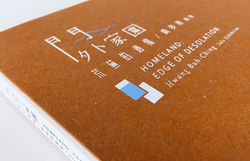 |
 | 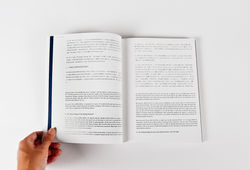 |  |
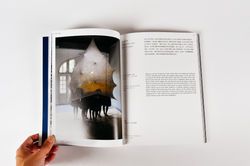 |  | 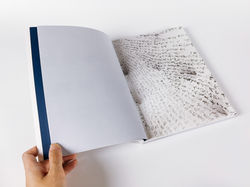 |
BOOK DESIGN
WINDOWSKY
Gao Lei

DESCRIPTION
Gao Lei was born in 1980 in Changsha, China. He graduated from the Central Academy of Fine Arts (CAFA) with a degree in Digital Media. Withdrawing colors and emotions from the works, he puts focus on the compatibility and co-figuration among the daily objects, in an attempt to translate and express what he actually has in mind. Through the removal of functional properties of daily objects, Gao highlights their genuine property of the coldness, cleverness, convergence and extreme simplicity. He then further rebuilds the conflicting relationships between the order and chaos resulting from the objects. His creations do not seem to reveal excessive emotions and exaggerating visual impacts; however, with careful contemplation, it is hard not to notice the sharp confrontations hidden in them.
 | 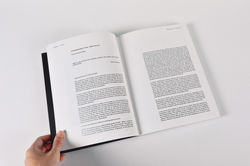 |  |
|---|---|---|
 |  |  |
 |  |
BOOK DESIGN
HistoryRe-presented
Cai Zhisong Solo Exhibition

 | 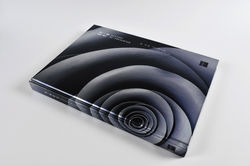 |  |
|---|---|---|
 | 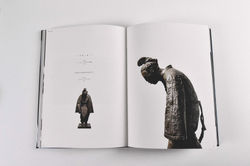 |  |
 |  |  |
 |  |
We still predominately come into contact with traditional culture in our everyday lives. Regardless of how advanced modern civilization may be and how it has infiltrated our lives, traditions still have the strongest influence on us.
"
"




“To represent history” is perhaps a privilege unique to this era. On the one hand, the title evokes an image of us waving at history, welcoming it cautiously as it comes into contact with us again; on the other, the title that is a double entendre also bids farewell to history, expecting to part ways with it.
The underlying paradox in the title not only reveals the ambivalence of language but also points out that the reality of history does indeed harbor these two diverging paths. The only way to decide what the two positions truly mean to people is contingent upon us the viewers, in our observation and imagining of the past and the future, as we embark upon the journey from the here and now.
